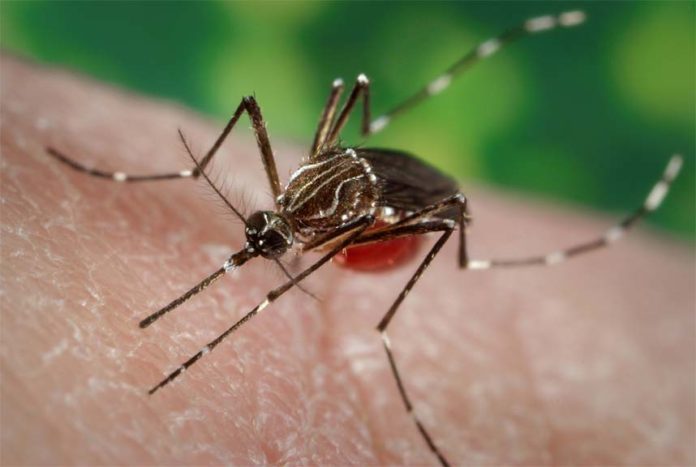
DF and DHF are caused by one of four closely related, but antigenically distinct virus serotypes (DEN-1, DEN-2, DEN-3, and DEN-4) of the genus Flavivirus. Infection with one of these serotypes provides immunity to only that serotype for life, so persons living in a dengue-endemic area can have more than one dengue infection during their lifetime.
In the seminar OL trap: The DOST School-based OL Trap Program conducted by the Department of Science and Technology (DOST) at the Metrology Conference Hall, DOST Compound, Bicutan, Taguig City last 12 October 2011, Dr. Lilian de las Llagas, entomologist and public health professor of the University of the Philippines Manila explained how mosquitoes become dengue vectors or dengue carriers.
“The mosquito species, Aedes aegypti and Aedes albopictus, are capable of transmitting dengue virus because their bodies support the development of pathogenic agent, dengue virus for this case. The mosquitoes transmit the virus from one host to another through biting,” revealed Dr. de las Llagas.
It is also important to note that only female mosquitoes bite humans. Male mosquitoes feed on nectar of plants. “A female mosquito bites because it needs blood for egg production,” said Dr. de las Llagas. Mosquitoes that are not infected with dengue virus are called pests. They bite humans for survival purposes. The female mosquito will only get infected if it bites a dengue-infected human (host).
Also Read: Tawa-tawa contains active ingredients that may help dengue patient – study
“However, the virus will not be transmitted immediately,” explained Dr. de las Llagas. “The female mosquito becomes a vector only after seven days because the virus needed 7-10 days incubation. That is why the older the mosquito, the higher the possibilities that the mosquito will become a dengue carrier.”
Dr. de las Llagas also emphasized that the best way to prevent a mosquito from becoming a vector is by not allowing them to age. “Preventing mosquito to age is the key to dengue prevention and control. We must kill them as early as possible,” stressed Dr. de las Llagas.
Ovi trapping: Preventing mosquito to become dengue vector
Vector control is a suppression of a target population (Aedes aegypti and Aedes albopictus) by using measures to alter the vector’s reproductive capacity or potential.
Dr. de las Llagas discussed the different stages of a mosquito’s life cycle where possible control measures can be implemented to prevent the occurrence and re-occurrence of mosquitoes.
“A mosquito egg needs an average of 10 days to become adult. This means that we have 10 days of implementing different measures to kill the mosquito’s eggs and preventing them to become adults,” explained Dr. de las Llagas.
She also cited the significance of the DOST Ovicidal and Larvicidal (OL) mosquito trap that can effectively attract and kill the eggs and larva of mosquitoes. “The DOST OL mosquito trap is a low cost yet effective device designed to reduce the population of the dengue mosquitoes,” said Dr. de las Llagas.





I just want to tell you that I'm new to blogs and honestly savored you're blog site. Almost certainly I’m going to bookmark your blog . You surely come with perfect writings. Regards for revealing your blog.
thanks
This really is truly nice concept dude.iam really proud of you . Do u have twitter?? i would like to follow you .thx
I think this is one of the most important information for me. And i am glad reading your article. But want to remark on few general things, The web site style is great, the articles is really great : D. Good job, cheers
wonderful! i can tell this was critical! great career!
[…] When mosquito becomes dengue vectors […]
Comments are closed.